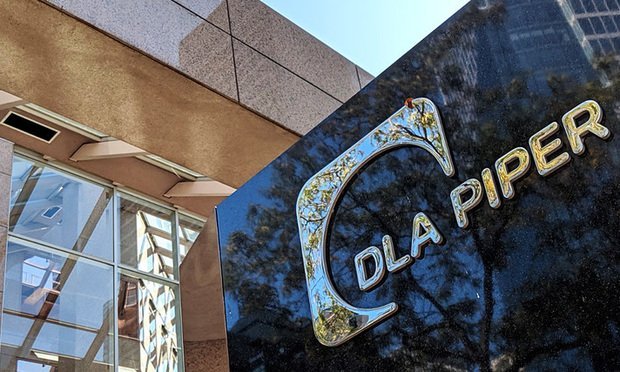Now Reading: How Can Bail Bonds Help Get You Out of Jail?
-
01
How Can Bail Bonds Help Get You Out of Jail?
How Can Bail Bonds Help Get You Out of Jail?
Bail bonding is an attractive legal industry unique to the United States of America. The idea behind bail was to provide a means of releasing incarcerated offenders back into the general public while they awaited trial for their charges.
It can be challenging to understand how bail bonds work and why people find a bail bondsman who will post bail for them. However, it can all become clear by understanding what was initially intended for this system.
Meaning
Surety certificates for bail are written promises from an individual to the court. This promise says that the individual will pay the full bail amount should they not abide by any of the conditions outlined in their release agreement.
The condition of paying bail is that if you fail to follow through with the bail conditions, the court may consider you guilty of not following your release conditions, and the court will require bail to be paid in its entirety at that time.
What is the Purpose of Surety Certificates for Bail?
The original intention for how bail works was to ensure that defendants showed up to their court date at the appropriate time. There was supposed to be a risk if you failed to abide by the conditions of your release agreement.
At this point, bail would be required at the total amount, and you might potentially forfeit all your assets if it is not paid. But the incentive was supposed to be that even if you could only come up with 10% of the bail bond cost, you could still be released on bail until your court date.
Then you could pay off the remaining 90% at that time and be free to get on with your life.
How Do Bail Bonds Work?
Surety certificates for bail work hand in hand with an accused individual’s release agreement. This is the document where you state what you are willing to do to stay out of jail. These conditions may include:
- Checking in with your bail bondsman every week if you’re not able to pay the complete 10% for bail
- Placing yourself under house arrest
- Notifying your bail bond company if you plan to leave town for longer than 24 hours
Of course, it can be challenging to understand how bail bonds work if you’re not familiar with the legal system. This may seem like many conditions to follow simply for having been arrested, but your release agreement is everything in these types of cases.
If you fail to abide by any condition, you will be considered “in violation” of your release agreement, and you will likely be placed back in jail until the next court date.
Although this may seem like a negative outcome, it is beneficial considering that following these rules can help to ensure that you are not considered guilty of whatever crime you were accused of. If the only proof the prosecution has against you is circumstantial, you may not need to worry.
But if the state has irrefutable evidence that you did commit the crime, then you will likely be financially responsible for your bail amount in full.
How Do Defendants Pay These Bonds?
The primary consideration with how bail certificates work is how much it costs to get out of jail. According to research, the average cost of bail is typically 10% of the total amount. But this number may vary depending on whether or not it’s a misdemeanor or felony case, as well as what state you are in.
For example, Washington State has some of the most expensive bails out of 50 states. The average price for getting out of jail is equivalent to 13% of the total bail amount. Meanwhile, in New York, it costs an average of 8% for getting out on bail.
Why Do You Need Bail Agents?
In cases where the accused individual does not have the money to pay their full bail at once, they will need a bail bond agent to help them get out of jail. A bail agent typically works by putting up all the collateral necessary for getting someone out on bail.
This collateral amount is usually equivalent to ten percent of the total bail amount. So, if the bail amount is $10,000, it will cost you an additional $1,000 to get someone out of jail.
Wrapping Up
There are some cases where the collateral may be less than ten percent. For example, if a co-signer is willing to pay the entire bail amount for you to get them out on bail, then you may still receive a fair amount of your collateral back. This means that the bail agent wouldn’t need to charge you for any additional fees or collateral.










